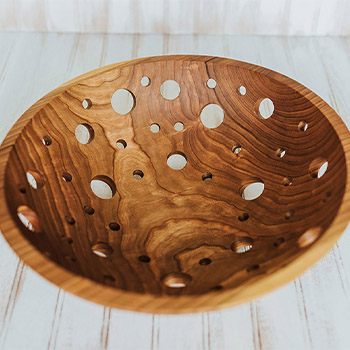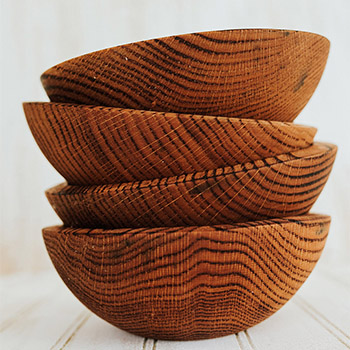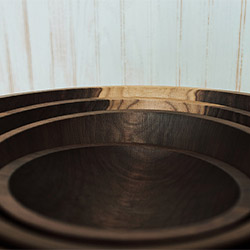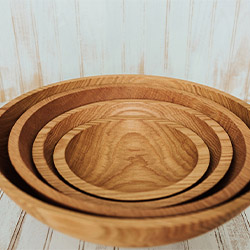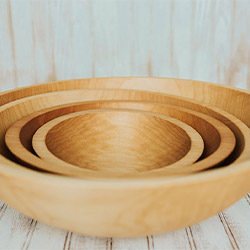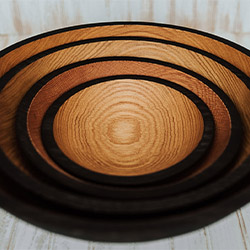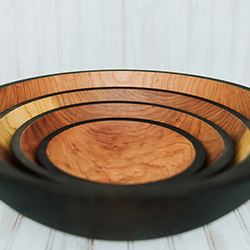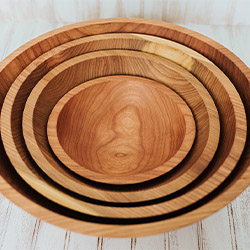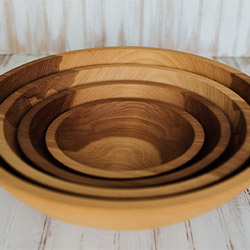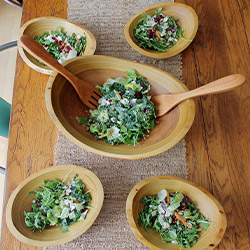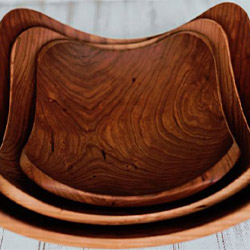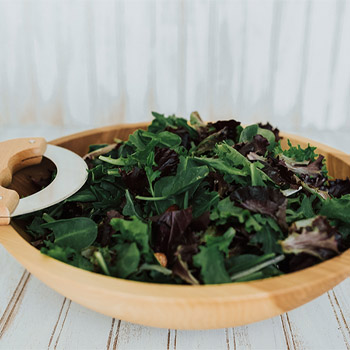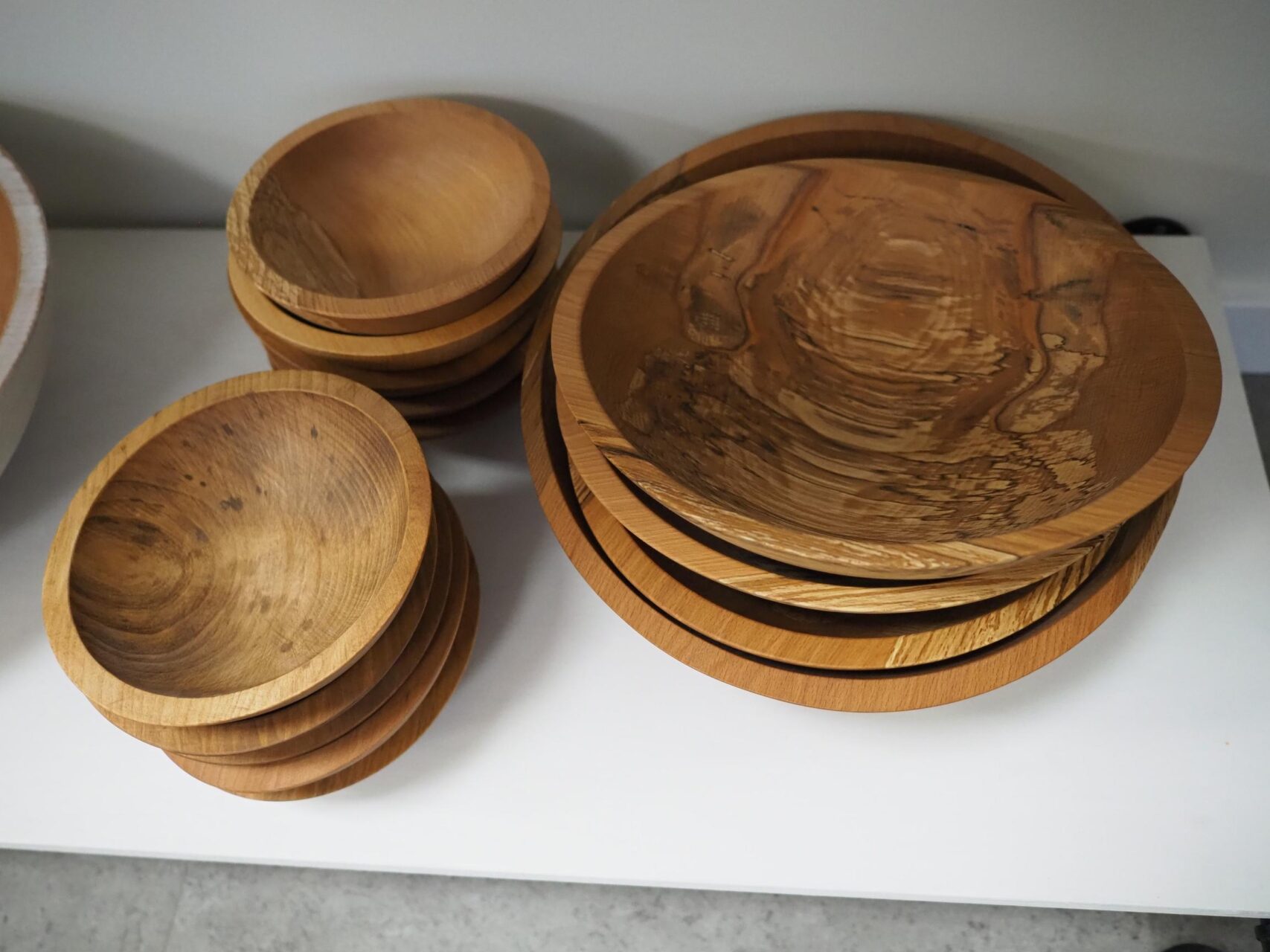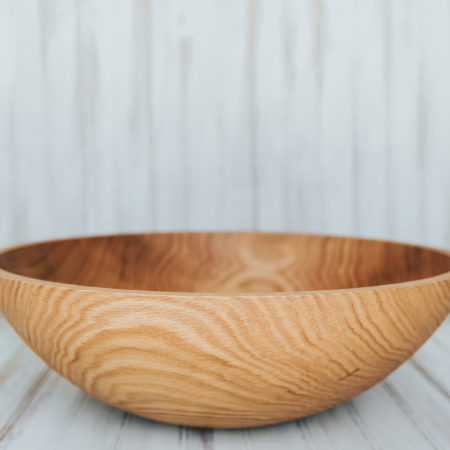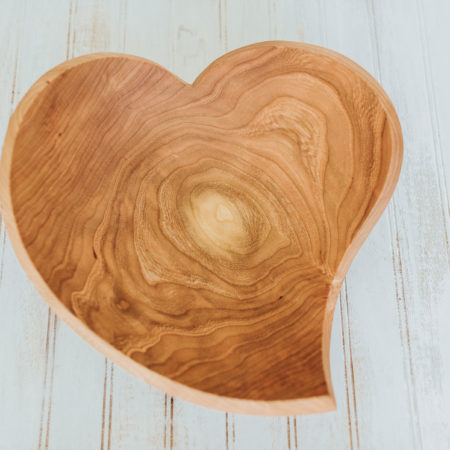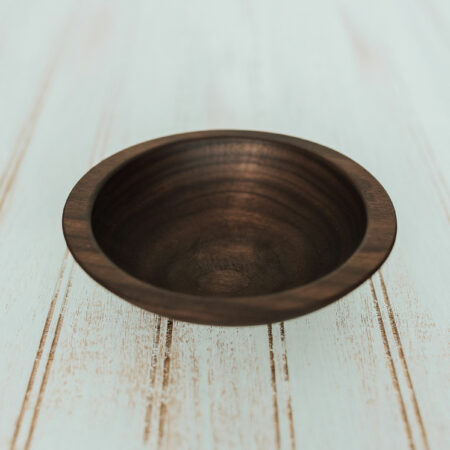When it comes to elevating your salad game, choosing the perfect wooden bowl can make all the difference. From the type of wood used to the finishing touches, every detail matters. Imagine the impact a carefully selected salad bowl could have on your dining experience. Stay tuned to discover how these seven tips can help you find the ideal wooden salad bowl that serves your favorite greens and also adds a touch of sophistication to your table setting.
Key Takeaways
- Consider unique wood types like maple or walnut for aesthetic appeal and durability.
- Choose bowl shape based on salad size, stability, and visual appeal.
- Select the right size for gatherings or personal meals, considering storage and serving needs.
- Opt for food-safe finishes and hand washing for maintenance and longevity.
- Look for artisan craftsmanship, functional features, and appealing design to elevate dining experiences.
Unique Wood Types
When selecting distinctive wooden salad bowls, exploring unique wood types can greatly enhance the visual appeal and overall experience of your dining table. Two standout options to ponder are maple and walnut.
Maple, known for its light color and smooth grain, offers a classic and timeless look to your table setting. Its subtle beauty complements a variety of tableware styles and adds a touch of elegance to your dining experience. Additionally, maple wood is prized for its durability, making it a practical choice for everyday use. Its resistance to scratches and dents ensures that your salad bowl will maintain its pristine appearance for years to come.
On the other hand, walnut wood brings a rich, dark tone to your table, creating a striking contrast that catches the eye. Walnut isn visually appealing and highly durable, making it a reliable choice for your salad bowl. Its natural strength and resistance to wear and tear ensure that your walnut bowl will withstand the test of time, becoming a cherished piece in your dining collection.
Both maple and walnut offer unique advantages that cater to different aesthetic preferences and practical needs. Whether you opt for the light sophistication of maple or the bold elegance of walnut, choosing a distinctive wooden salad bowl crafted from these exceptional wood types will elevate your dining table to new heights of style and functionality.
Bowl Shape Considerations
Consider the shape of your wooden salad bowl as an essential factor in enhancing both the aesthetic appeal and functionality of your dining experience. When selecting a wooden salad bowl, pay close attention to its shape to ensure ideal bowl stability and ergonomic design.
The shape of the bowl can greatly impact how easy it’s to toss and serve your salads while also contributing to the overall visual appeal on your dining table.
Opt for a bowl with a wide and shallow shape if you enjoy serving large salads or want to showcase the ingredients beautifully. This design allows for easy tossing and ensures that every ingredient gets evenly coated with dressing. Additionally, the wide shape provides ample space for tossing without the risk of spilling ingredients over the sides.
On the other hand, if you prefer a more compact design that conserves space on your table, a deeper bowl with a narrower opening might be more suitable. This shape is excellent for smaller salads or if you prefer a more traditional look.
However, ensure that the base of the bowl is wide enough to maintain stability when mixing your salads.
Size Matters
To ensure your wooden salad bowl meets your specific needs, carefully evaluate the size of the bowl. When considering the size of a wooden salad bowl, it’s important to think about both the bowl dimensions and the serving size it can accommodate.
Bowl dimensions play an important role in determining how much salad can fit in the bowl, as well as how it will look on your table. The size of the bowl should align with your typical serving size. If you often prepare large salads for gatherings, opting for a bigger bowl would be more suitable. Conversely, if you typically make smaller salads for personal meals, a smaller bowl might be more appropriate.
Additionally, consider the storage space you have available for the bowl. A large bowl may be visually appealing, but if it doesn’t fit well in your kitchen cabinets, it may become more of a hindrance than a helpful tool.
When selecting a wooden salad bowl, keep in mind that the size should meet your practical needs and also complement your overall dining aesthetic. By carefully evaluating the bowl dimensions and serving size that best suit your preferences, you can ensure that your wooden salad bowl enhances your dining experience.
Finish and Coating
As you explore wooden salad bowls, the finish and coating are vital elements to reflect on. The finish of a wooden salad bowl enhances its appearance and plays an important role in ensuring food safety.
Opt for a food-safe finish such as mineral oil or beeswax that creates a protective barrier without harmful chemicals leaching into your salads. These finishes are easy to apply and maintain, providing a natural sheen to the wood while keeping your food safe from contaminants.
When it comes to coatings, consider bowls with a smooth and even coating inside to prevent moisture from seeping into the wood. A well-coated bowl is easier to clean and less likely to harbor bacteria.
Remember to hand wash your wooden salad bowl with mild soap and warm water, promptly drying it to prevent warping or cracking. Avoid soaking the bowl or putting it in the dishwasher, as excessive moisture can damage the wood and finish over time.
To maintain the beauty and durability of your wooden salad bowl, periodically reapply a food-safe finish following the manufacturer’s recommendations.
Artisan Craftsmanship
Crafted with meticulous attention to detail and a deep-rooted passion for woodworking, artisan craftsmanship elevates wooden salad bowls to a level of unparalleled beauty and quality. When seeking out the perfect wooden salad bowl, look for those that showcase the unique touch of handmade quality.
Artisan craftsmen pour their expertise and dedication into each piece, resulting in bowls that serve a functional purpose and also stand as works of art in their own right.
The beauty of artisan-crafted wooden salad bowls lies in their appearance and also in the sustainable ethos behind their creation. Many artisans prioritize sustainable sourcing, selecting high-quality woods that are harvested responsibly to ensure minimal environmental impact.
By choosing a wooden salad bowl crafted with sustainable practices in mind, you bring a touch of nature to your table and contribute to the preservation of our planet’s resources.
Each wooden salad bowl crafted by skilled artisans tells a story of tradition, craftsmanship, and respect for the materials used. The intricate details, fine finishes, and durable construction of these bowls make them not just kitchenware but cherished pieces that add warmth and character to any dining experience.
Embrace the artistry and dedication of artisan craftsmanship by selecting a wooden salad bowl that reflects the timeless beauty and quality of handmade creations.
Functional Features
Exhibiting a blend of functionality and aesthetic appeal, wooden salad bowls are designed to enhance both the presentation and enjoyment of your culinary creations. When selecting a wooden salad bowl, consider durability factors to ensure longevity. Opt for bowls made from hardwoods like acacia, teak, or cherry, as they’re sturdy and resistant to warping or cracking over time.
These materials also offer a beautiful natural grain that adds character to your table setting.
To maintain the quality of your wooden salad bowl, follow these maintenance tips. Hand wash your bowl with mild soap and warm water, avoiding harsh detergents or dishwashers that can damage the wood. After washing, dry the bowl immediately with a towel to prevent moisture from seeping in.
Additionally, periodically conditioning your wooden bowl with mineral oil will help nourish the wood and maintain its luster.
Choose a wooden salad bowl with a smooth finish inside to make tossing and serving salads effortless. Look for bowls with a wide base and curved sides to make mixing ingredients easier.
These functional features ensure that your wooden salad bowl looks stunning and also serves its purpose effectively in your kitchen.
Aesthetics and Design
To enhance the aesthetic appeal of your culinary presentation, the aesthetics and design of your wooden salad bowl play an essential role.
When selecting a wooden salad bowl for your table, consider the following:
- Color Contrast: Opt for a wooden salad bowl that offers a striking contrast in color. Darker grains against lighter shades create a visually appealing look on your dining table. The interplay of light and dark hues adds depth and sophistication to your presentation.
- Grain Patterns: Explore wooden salad bowls with unique grain patterns. Intriguing swirls, knots, and lines in the wood can add character and charm to your dining experience. Embracing the natural beauty of the wood’s grain enhances the overall aesthetic of your table setting.
- Design Elements: Look for wooden salad bowls with thoughtful design elements. From elegant curves to modern angles, the shape and structure of the bowl can considerably impact its visual appeal.
Choose a design that resonates with your style and elevates the overall look of your dining space.
Review
When selecting wooden salad bowls, remember to choose unique wood types like maple or walnut for both durability and visual appeal. Consider the shape, size, and finish to ensure functionality and safety. Appreciate artisan craftsmanship for added character and prioritize functional features for ease of use. Finally, pay attention to color contrast and grain patterns to elevate your dining experience. Remember, it’s all about creating a salad bowl that’s not just practical, but also a feast for the eyes.
